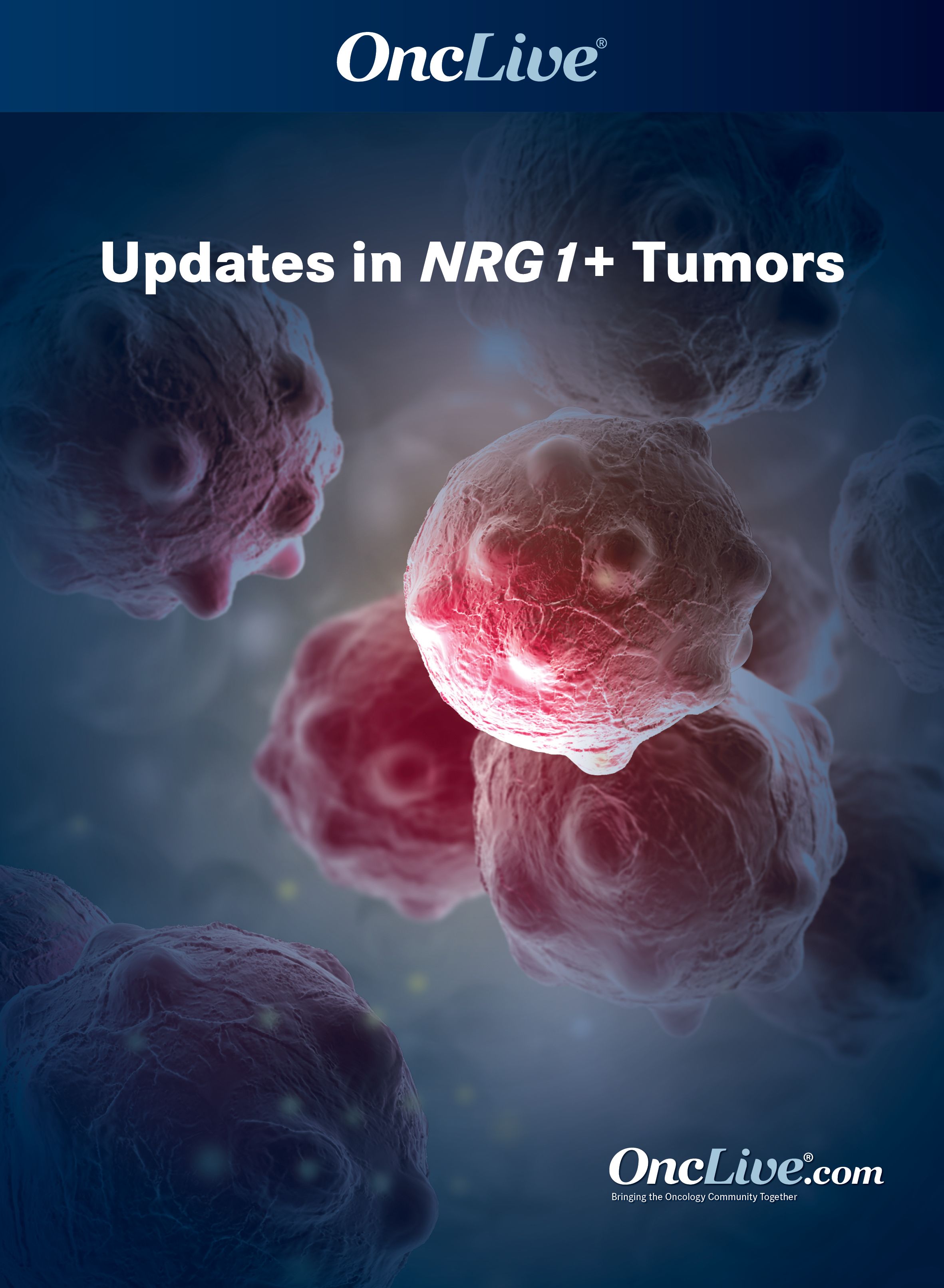Publication
Article
Using NGS to Detect NRG1 Fusions Could Guide Treatment in NSCLC and Other Solid Tumors
Author(s):
Next-generation panel sequencing and a unique algorithm demonstrated the advantage of detecting NRG1 fusions and providing structure information of partners, which could ultimately guide more precise therapeutic options, according to data from a study done in Chinese patients with solid tumors.

Next-generation panel sequencing and a unique algorithm demonstrated the advantage of detecting NRG1 fusions and providing structure information of partners, which could ultimately guide more precise therapeutic options, according to data from a study done in Chinese patients with solid tumors published in the Journal of Clinical Oncology.
A total of 47 patients included in the research were found to harbor NRG1 fusions, including 0.19% of patients with NSCLC (n = 25/13089). NRG1 fusions were detected at a frequency of 0.30% (n = 3/973) in bone sarcoma, 0.16% (n = 3/1850) in breast carcinoma, 0.14% (n = 3/2098) in pancreatic adenocarcinoma, and 0.07% (n = 3/4344) in colorectal carcinoma.
Previous reports detailed a 0.12% prevalence of NRG1 fusions in solid tumors among the Western population. Although these fusions are rare overall, they are most commonly detected in those with NSCLC. To date, research evaluating the frequency of NGR1 fusions in Chinese patients with solid tumors has been limited. With the current study, investigators set out to explore this further in this population.
To do this, investigators collected formalin-fixed paraffin-embedded specimens and matched peripheral blood from Chinese patients with solid tumors. The samples were evaluated by next-generation sequencing (NGS) using a panel assay of 450 cancer genes and an RNA panel assay. Investigators analyzed somatic variants using CAP/CLIA-certified workflows, including Single Nucleotide Variant, Copy Number Variation, large insertion and deletions, and gene rearrangements.
Among the 47 patients found to harbor NRG1 fusions, the median age was 57 years (range, 8-86), and 51% were male. Additionally, 44.7% of patients had advanced disease of at least stage III. The median tumor mutational burden was 3.3 muts/Mb (range, 0-30.5). The most common co-occurring gene mutations were TP53 (48.9%), CDKN2A (14.9%), and ERBB2/FGFR1/MUC16/SMAD4 (12.8%).
Notably, among patients with ERBB2 alterations, 50% had amplifications and 2 patients had breast carcinoma. One patient presented with an ALK fusion, and 1 patient had a FGFR1 fusion. In all patients evaluated, 8.5% presented with a KRAS p.G12X mutation, and 10.6% of patients had EGFR alterations, which included 2 patients with L858R mutations and 2 patients with exon 19 deletions.
Additional data showed that 76.6% of the partners were novel, and the most common break points of NRG1 were intron5 and intron1. The most common NRG1 fusion partners were CD74 (10.1%), SLC34A2 (10.1%) and WRN (4.3%). Other known partners included CDH1, HMBOX1, ADAM5, and UNC5D.
“This study revealed NRG1 fusions in approximately 0.19% of Chinese NSCLC tumor patients and presented the frequency of same common tumors,” the study authors concluded. “…NRG1 fusions are oncogenic in various tumor types and represent an emerging potential therapeutic target.”
Reference
Yuan S, Chen H, Wang L, et al. The landscape of NRG1 fusions based on NGS in Chinese solid tumor patients. J Clin Oncol. 2022;40(suppl 16):e15073. doi:10.1200/JCO.2022.40.16_suppl.e15073










